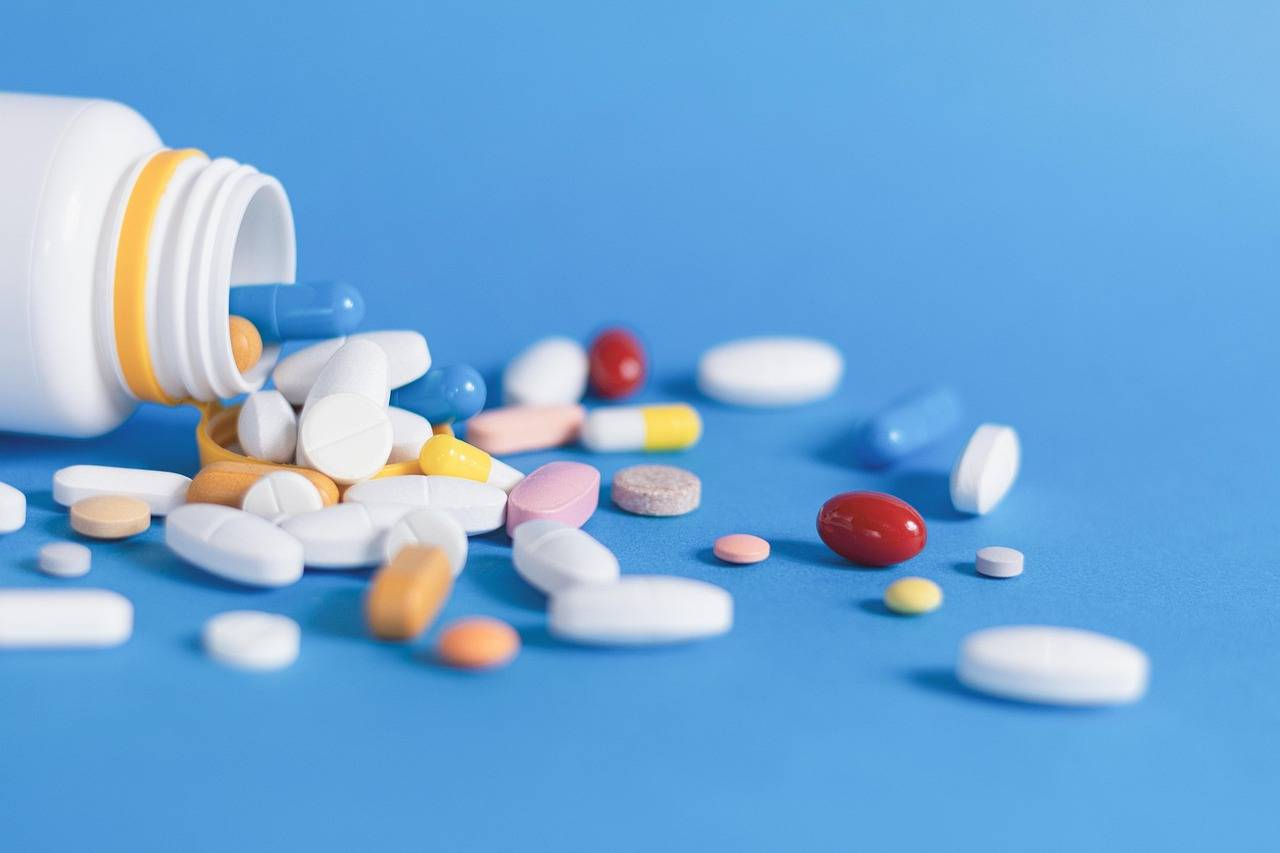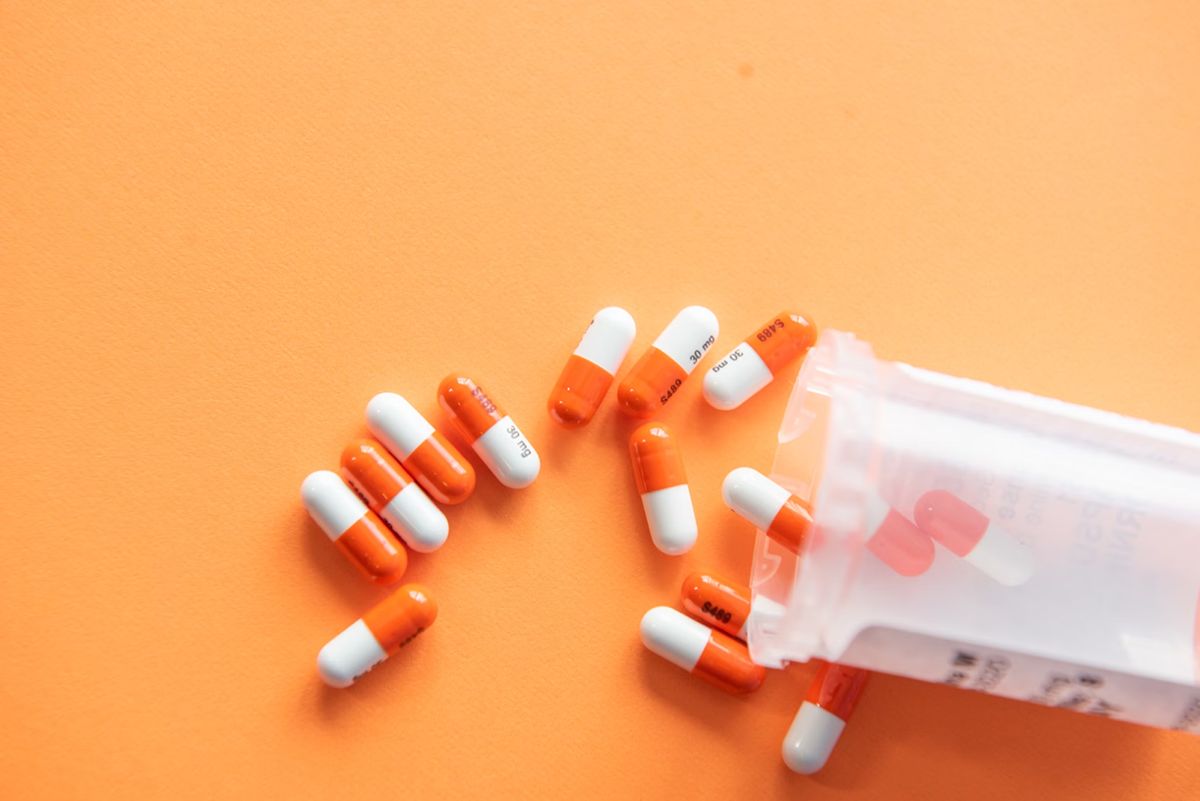
Sustainable Wastewater Strategies for Pharma Facilities
Pharma facilities generate a surprising variety of wastewater streams every single day. From rinse water loaded with APIs (Active Pharmaceutical Ingredients) to cleaning solutions rich in detergents, that water can overwhelm aging treatment systems, drive up operating costs, and even trigger community pushback.
Embracing sustainable wastewater strategies isn’t just about ticking compliance boxes. It’s a chance to sharpen your operations, protect your brand reputation, and unlock real cost savings.
Why sustainability matters
Water scarcity and regulation aren’t going away. Utilities are raising rates, communities are conserving more, and environmental agencies are tightening discharge limits year after year. When you treat and reuse water on-site, you dramatically cut freshwater withdrawals, shrink your discharge fees, and lighten the load on municipal infrastructure.
Beyond cost and compliance, eco-minded customers, investors, and employees expect green credentials. A solid wastewater strategy signals that you are serious about the planet and can even speed up permitting for future expansions.
Regulatory and environmental context
Regulatory frameworks differ region to region, but the momentum is universal: stricter effluent limits, steeper penalties for violations, and growing emphasis on trace-contaminant removal.
At the same time, ESG ratings include water usage and energy consumption alongside carbon metrics. Precise measurement of flows, pollutant loads, and energy footprints isn’t just a checkbox; it’s the data foundation for smarter process design and stronger audit trails.
By proactively tracking and reporting water and energy metrics, you will not only fend off fines but also build the transparent reporting that auditors and investors demand. Let’s explore practical, hands-on tactics that you can start applying now to shrink your footprint, lower expenses, and make your plant a genuine sustainability leader without compromising throughput or quality.
1. Source reduction and process optimization
The best wastewater is the water you never use. Start by mapping every rinse cycle, clean-in-place (CIP) step, and chemical dosing point. You will often find that countercurrent rinsing, shorter final rinses, or smarter CIP sequencing can reduce water consumption by 20% to 30%, and cut associated wastewater volumes by the same margin.
Engage operators in rapid-improvement workshops, tap into their daily insights, and celebrate every incremental win. Over time, these small tweaks add up to significant savings on your water bill and wastewater fees.
2. Membrane technologies and filtration
Membranes bring both treatment muscle and reuse opportunities in a compact footprint. Ultrafiltration (UF) effectively captures suspended solids and microbes, protecting downstream units. Reverse osmosis (RO) can reclaim up to 90% of rinse water, turning what was once waste into process makeup.
To make membranes last, implement rigorous CIP protocols, deploy anti-scaling chemicals only when needed, and monitor differential pressures closely. When designing or upgrading your effluent treatment plant, think modular skid units that combine UF, RO, and cleaning systems to save space, cut freshwater costs, and reduce your overall environmental footprint.
3. Green chemistry integration

The reagents you choose in cleaning and production don’t just affect your product quality; they directly influence treatment complexity. Swap stubborn, toxic solvents or surfactants for biodegradable alternatives that break down more readily in biological units. For example, enzyme-based cleaners can match the cleaning power of traditional detergents but produce far less hazardous sludge.
Work with your R&D team to vet lab-scale substitutes, then run side-by-side trials in a pilot reactor. It’s amazing how a single formulation change can reduce toxicity and lighten your entire downstream treatment burden.
4. Biological treatment optimization
Activated-sludge systems and sequencing-batch reactors are the tried-and-true backbone of most pharma wastewater plants, but they only perform at peak when conditions are dialed in. First, balance your nutrient ratios (carbon: nitrogen: phosphorus) to feed the most efficient microbial communities. Then, maintain mixed-liquor suspended solids (MLSS) at optimal levels to maximize organic breakdown.
Finally, swap fixed-speed blowers for variable-frequency drives so aeration matches real-time oxygen demand. Together, these optimizations can boost biochemical-oxygen-demand (BOD) removal, reduce sludge yield, and cut blower energy use by up to 25%.
5. Advanced oxidation processes (AOPs)
Certain active pharmaceutical ingredients (APIs) and solvent residues simply won’t budge in a biological reactor. That’s where advanced oxidation processes shine. Whether you choose ozone injection, UV-peroxide, or Fenton’s reagent, AOPs generate powerful hydroxyl radicals that break stubborn organics into harmless byproducts.
Position your AOP stage downstream of your bioreactor as a polishing step. While capital costs can be higher up front, AOPs pay for themselves through lower sludge disposal fees, fewer permit headaches, and iron-clad compliance with trace-contaminant limits.
6. Resource recovery and circular water reuse
Beyond energy, wastewater streams often carry salts, acids, and trace metals that can be recovered for internal reuse or sale. Techniques like electrodialysis, crystallization, or ion exchange let you pull out valuable compounds, reducing raw-material purchases and waste disposal costs.
On the waterfront, create “fit-for-purpose” loops: feed polished RO permeate to cooling towers, scrubbers, or preliminary rinses. Every gallon you recycle means one less gallon drawn from freshwater sources, shrinking your intake and your discharge volume in tandem.
7. Digital monitoring and automation
Manual grab samples still have their place, but real-time process sensors for pH, conductivity, turbidity, and flow rates deliver instant insights. Tie these into a supervisory control system that can automatically adjust flows, trigger backflushing, or raise alarms.
Over weeks and months, data analytics will reveal patterns that pinpoint fouling or leaks. Automated controls translate into fewer upsets, steadier effluent quality, and far simpler compliance reporting, freeing your team to focus on continuous improvement.
Endnote
Facilities that embrace sustainability at every step, from green chemistry in the lab to automated process control in the plant, will secure both compliance and competitive advantage. Smart wastewater systems reduce costs, unlock resources, and protect communities. More than an environmental checkbox, they are a strategic asset that pays dividends for years to come.
By adopting these strategies, you will not only meet tomorrow’s standards but stay ahead of them, saving money, minimizing risk, and building a stronger, greener pharma facility.

Comments (0)